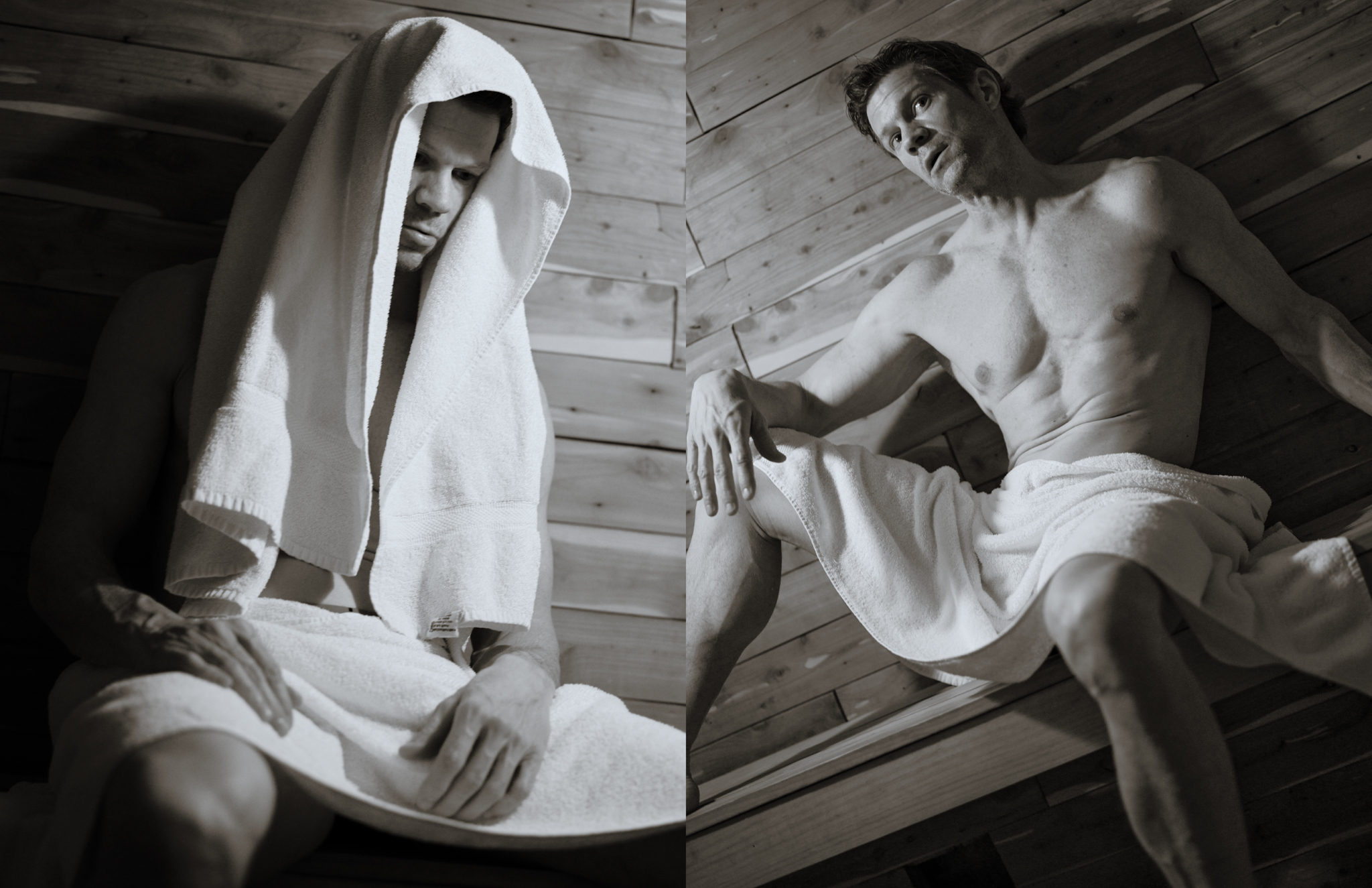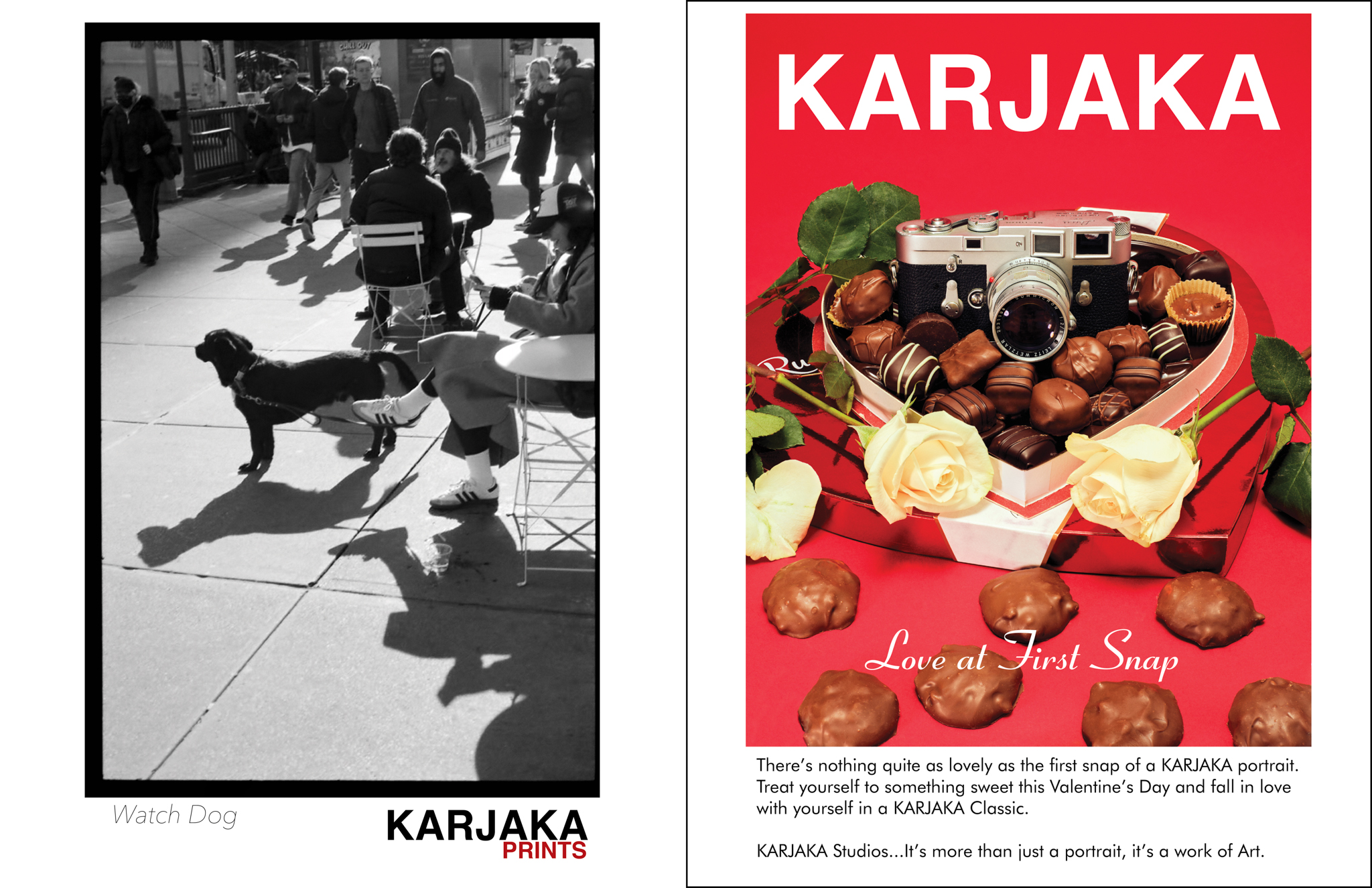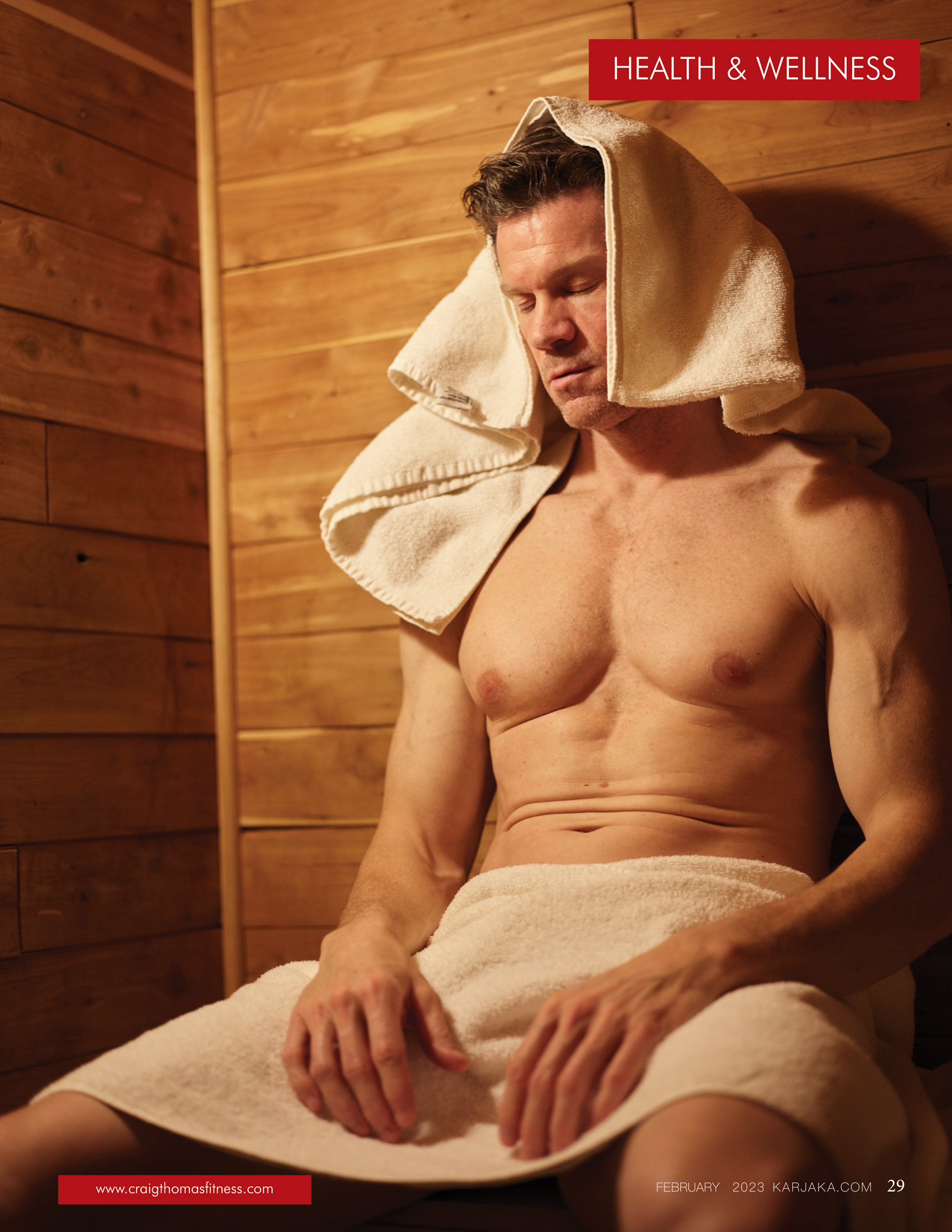
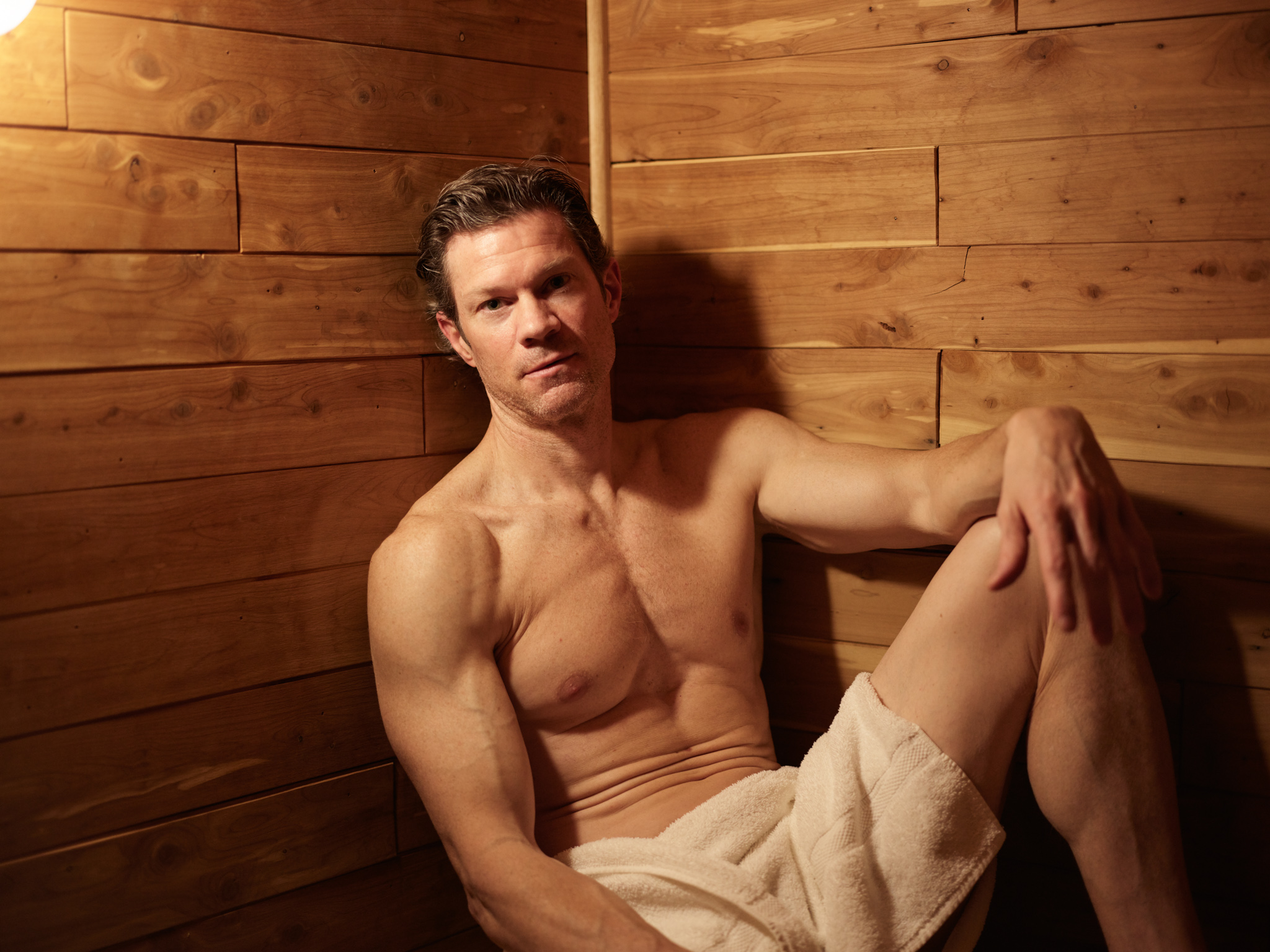
Self love, as a concept, is a paradox. It’s both overwritten about and yet not given enough attention. And that’s because the overwritten part is about the same message: love yourself at all costs and don’t dare be critical of others for their flaws. We all should be accepting and sensitive to others as we should be to ourselves.
I think, however, self love is more than just blanket, general acceptance. And what, exactly, is “self love”? What does that even mean?
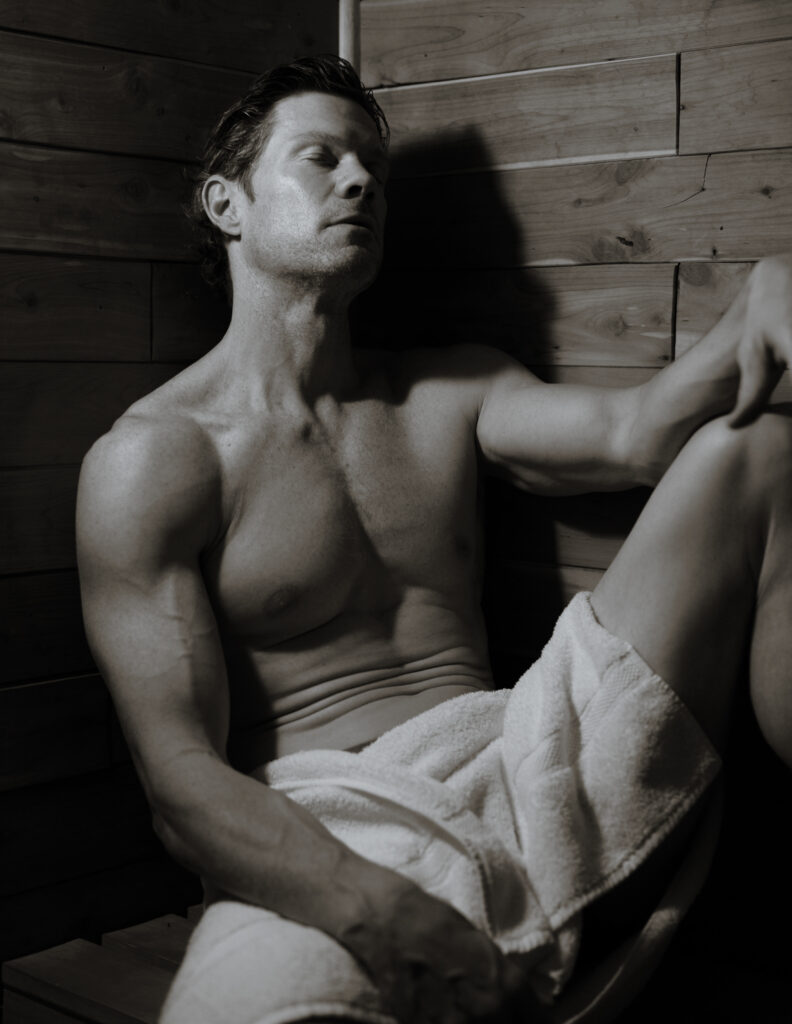
There are varying levels of what self love embodies. It is not a one-size fits all 1982 baseball cap with the plastic adjustable buttons in the back. Self love has to be tailored to meet what is needed and what is lacking to make us all our own best friend. I consider the foundation of the self love pyramid to be “how would I tell my best friend to act toward themself?” and apply that to the beginnings of my template.
Ah a template, you say? Yes, there needs to be a formula; a guide or template that can be followed. A master plan.
But the plan doesn’t need to be elaborate. It can be a few specific tasks or accomplishments that need to be completed each day. It can be a walk, a meditation session, visiting a museum or park or more focused activities like strength training, yoga or Pilates sessions. It can be a combination of the above as well. It can be a repeatable activity or it can be a one-off, but either way a plan should be made the day before on what is going to take place the following day.
At its heart (I couldn’t resist), self love is an assessment of the components that make you happy and fulfilled based on who you are and what you need. It’s putting your emergency mask on first before anyone else when the plane is in jeopardy. ie—you are putting you first. And it’s constantly evolving based on where you are in your life because—as Yoda would say— “Always in motion the future is”. What was once a priority last year may not be one today.
The two priorities of my physical self care center around strength and conditioning work and doing contrast bathing: sauna and cold baths/showers. While strength training has been talked about its benefits for quite a while, sauna and heat immersion has been studied more in foreign countries than it is here at home. And sauna use isn’t just confined to good feelings of accomplishment and sweat: Finnish research has shown that sauna use 2-3 times per week (at 20 min each session):
—had an 18% reduction in fatal coronary disease.
—it also improves heart rate variability (reflective of the heart’s ability to respond to high stress moments and come back to baseline) and blood pressure.
—releases heat shock proteins which are useful to reduce body inflammation.
—has also, as the coup de grâce toward health, shown to reduce Alzheimer’s disease by a whopping 60%.
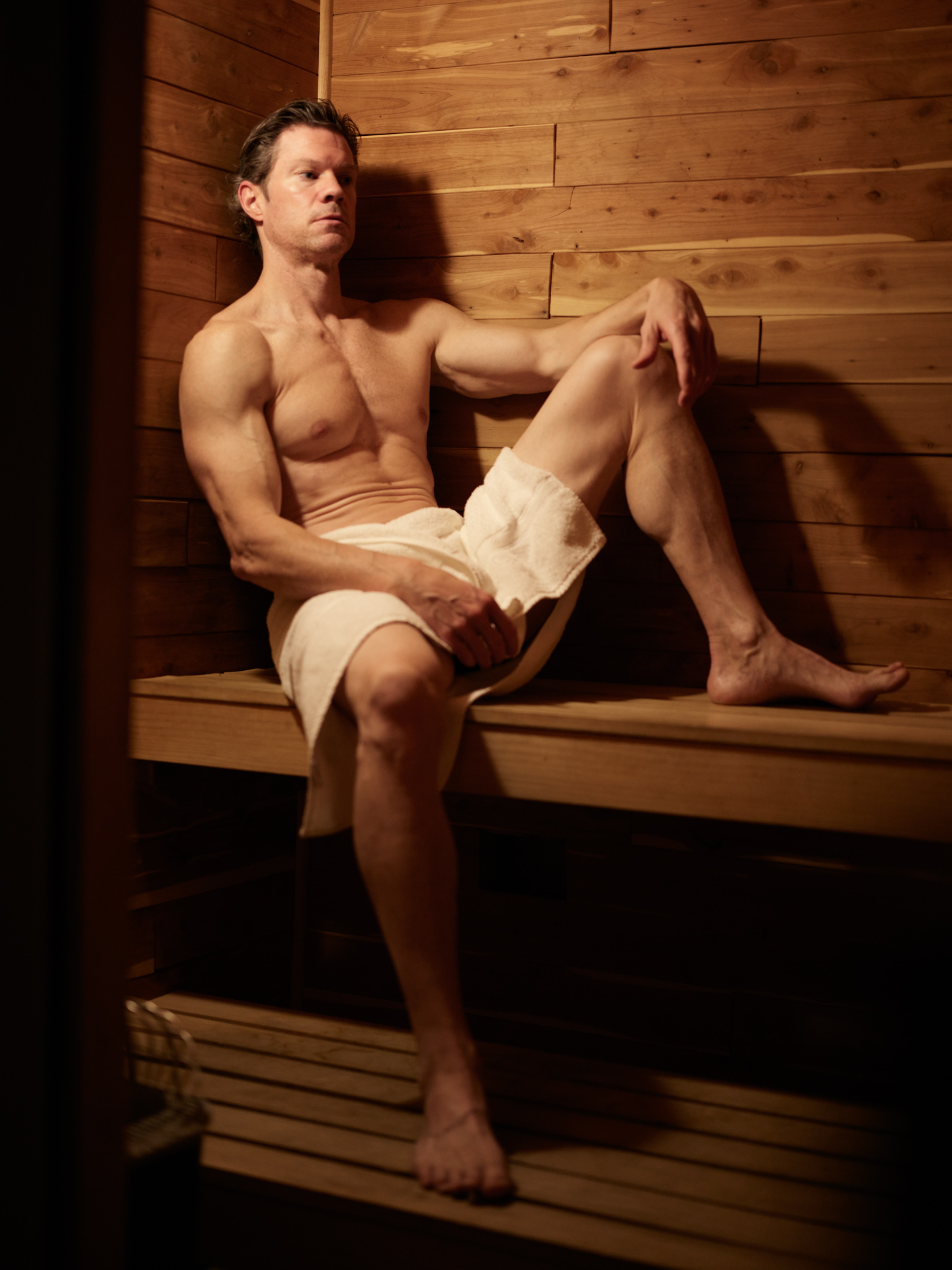
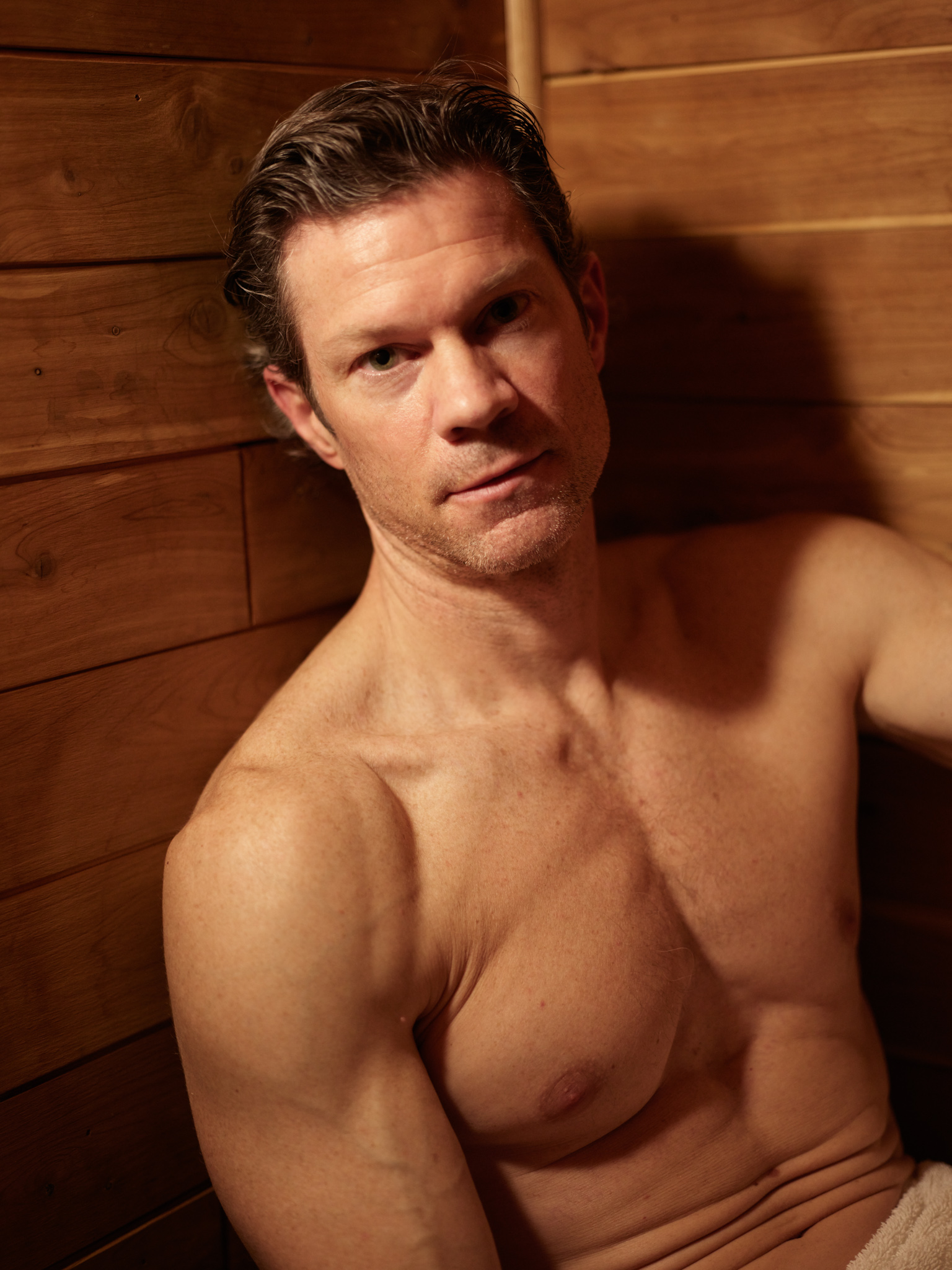
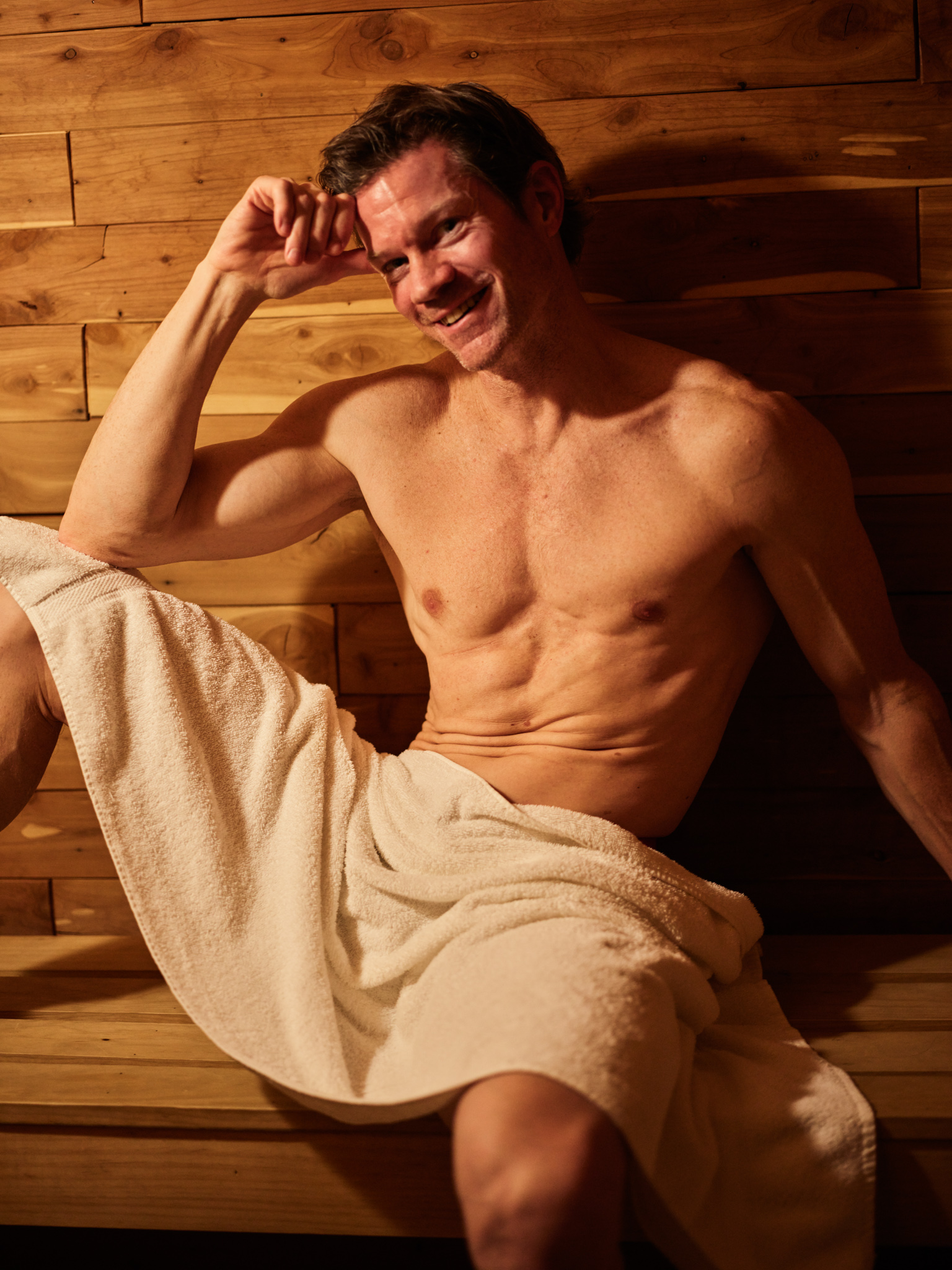
As great as the benefits of sauna are, I spend my time in the sauna reiterating my mantras and core beliefs to myself. Occasionally I will listen to some podcasts, but I prefer spending that time on nurturing my body and mind. The intangible components are what bind the body and mind together. As I say these more, they become more ingrained.
There are some days in which I will go through my CARs (Controlled Articular Rotations) while having 180-190 degrees raining down on me and really amp up the experience. Other times I’ll be specific and just stretch a joint that has been feeling tight or not as open. And there are still other times I will work on my breathing technique which is either box breathing (4 seconds breathing in, 4 seconds hold, 4 seconds exhale, 4 seconds hold and repeat) or 4-6-8 (4 seconds breathing in, 6 seconds hold, 8 seconds exhale). The controlled breathing can also ratchet up the body thermogenic state.
The antithesis of the sauna is the cold shower. But this opposite is as necessary as night is to day. The heat and cold are like blood brothers. Some major studies have shown cold plunges/showers to:
—improve energy levels
—increase resilience to sickness/
boost immune system trength
—improve sleep
—burn body fat
—increase circulation and boost
cardiovascular health
—induce cold shock proteins
that help with neuroprote
tive properties (cognitive and
memory protection)
The benefits of doing both the heat and cold can have perks that are both short and long lasting. The best formula to follow for the temperature changes are to end with cold. For example, 20 min heat, 3 min cold, 20 min heat, 3 min cold….then take a quick nap (nap is optional, of course).
Despite sounding—again—paradoxical, self love is rooted in as much discipline as going to work or doing your taxes. And, at first you won’t embrace it or value its significance. But it slowly evolves into a can’t-do-without daily protocol that will serve to be your most reliable and appreciative investment.
It doesn’t have to be my examples above, but it does need to enhance your state of well-being and happiness. It needs to serve you and it needs to make you feel better both right after and for at least that whole day. It should feel like an accomplishment and it should feel like something you deserve to have. And remember that if you were your best friend—what would you tell them to do to make themselves happy?
So, while it may seem like a superfluous task to wake up early and strength train or spend 20 minutes in the sauna 3 times a week, it will return its value in multiplications over the weeks, months and years you continue to do it. And it isn’t just for you, it’s also for the people around you that will want to be around you. There is no measuring stick for giving to yourself. People will call you lucky. You’ll know it was earned. -CT
